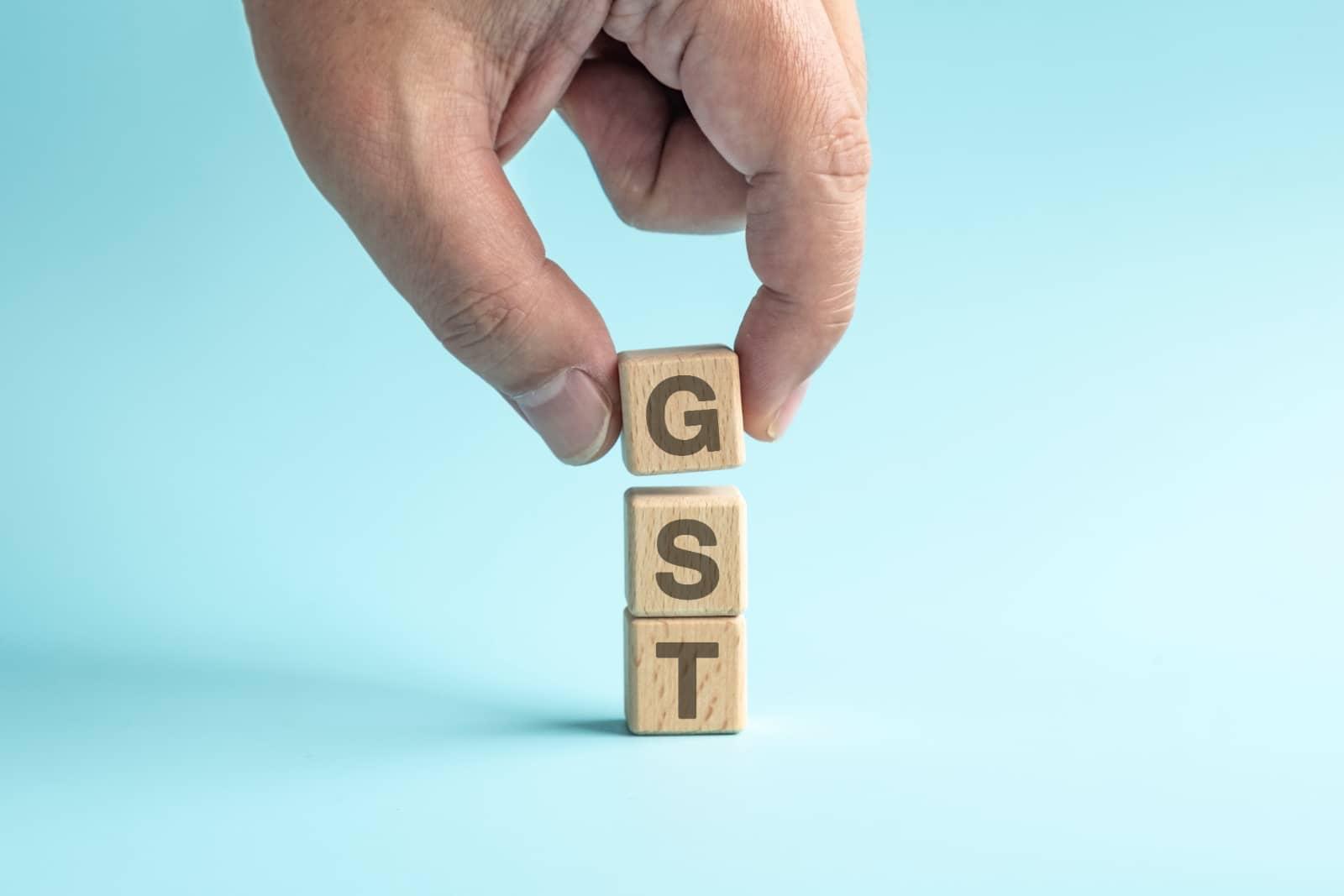 Image Source: IndiaConnected
Image Source: IndiaConnected
Key highlights
India’s Goods and Services Tax (GST) system, celebrated for unifying the nation’s indirect tax landscape since its 2017 rollout, is set for its most ambitious overhaul yet. The upcoming August 2025 GST Council meeting could trigger a cascade of reforms designed to simplify rates, reduce compliance headaches, and create a more predictable tax environment for businesses and consumers alike.
Streamlining the Slab Structure
The top agenda is the long-awaited rationalization of GST tax slabs. India currently operates five primary tax rates—nil, 5%, 12%, 18%, and 28%—with special rates for select items like precious metals. The proposal now under serious consideration is the elimination of the 12% slab, shifting goods and services currently taxed at 12% to either the 5% or 18% brackets depending on classification. This move aims to make the system more intuitive, lessen disputes, and improve compliance efficiency.
Such reforms would reduce the number of slabs from five to as few as three (excluding nil and special rates), creating a clearer roadmap for businesses and lightening the compliance load.
Reducing Litigation and Easing Business
Fractional rates have historically led to confusion—especially with classification of items, such as foods, that frequently become a subject of tax disputes. The new structure is expected to resolve longstanding ambiguities, alleviate litigation, and facilitate faster credit flow and refunds for companies.
Ongoing dialogue between the Centre, states, and industry stakeholders—bolstered by direct input from India Inc.—pushes for a taxpayer-friendly design that supports small and medium enterprises and dovetails with India’s broader ease-of-doing-business ambitions.
Alignment with Global Trade and Growth
The timing is designed to coincide with India’s strong macroeconomic environment and impending free trade agreements with developed nations. Policymakers assert a leaner, easier GST regime will help Indian firms capitalize on new trade opportunities by eliminating complexity and enabling scale.
With the PMO’s in-principle approval, a stable GST framework is within reach, promising relief and clarity for both industry and consumers. The concurrent overhaul of the income tax law further signals the government’s intent to ensure a streamlined, fair, and forward-looking tax code.
What’s Next
The finance ministry will begin active, detailed discussions with states to build consensus and finalize the new GST structure.
Businesses should prepare for rapid transitions, monitor classifications (especially around food and essential goods), and expect digital-first compliance enhancements.
The goal: a GST regime that lowers friction, powers formalization, and ensures tax certainty—the backbone for India’s continued economic ascent.
Sources: India Today, The Economic Times, Times of India
Advertisement
Advertisement



